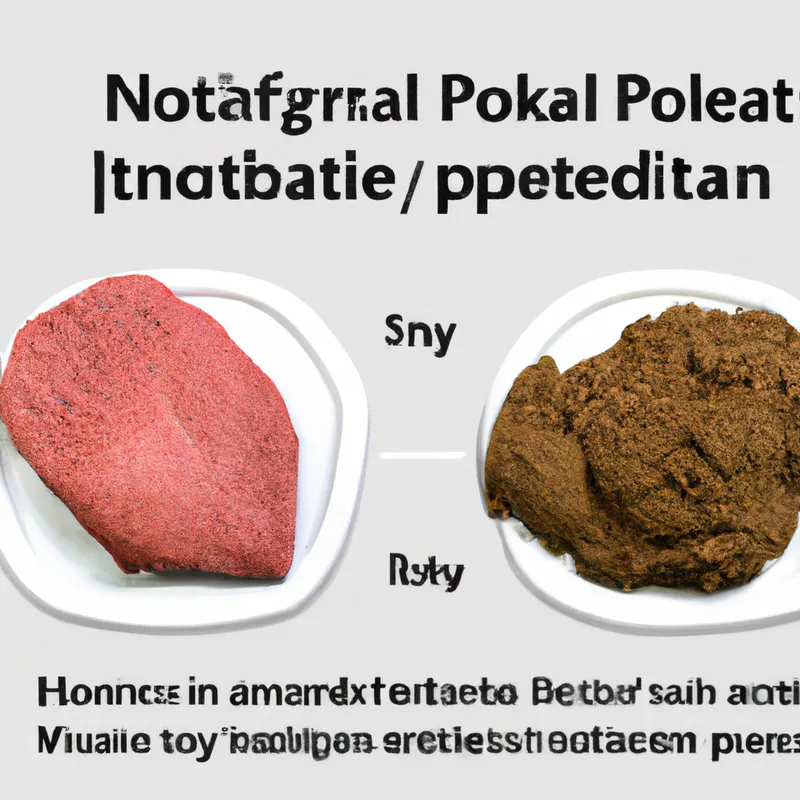Assess the Next Generation of Protein Options
The Future of Protein: Lab-Grown Meat and Insect Protein Comparison
As the global population grows, sustainable protein demand rises. Traditional livestock farming faces challenges like environmental impact, animal welfare concerns, and food security. Innovative alternatives, such as lab-grown meat and insect protein, gain traction as solutions. This blog post explores the pros and cons of these protein sources to help you make informed choices.
Understanding Lab-Grown Meat
Lab-grown meat, or cultured meat, comes from cultivating animal cells in a controlled environment. This method avoids raising and slaughtering animals. It replicates the taste and texture of traditional meat, offering a familiar option for meat lovers.
Benefits of Lab-Grown Meat
Lab-grown meat offers several advantages:
1. **Environmental Benefits**: Lab-grown meat reduces greenhouse gas emissions significantly. Studies show it can cut emissions by up to 90% compared to conventional livestock farming. This reduction mainly occurs due to decreased methane production from ruminant animals like cows.
2. **Resource Efficiency**: Lab-grown meat uses much less land and water than traditional meat production. Estimates indicate it could reduce land use by up to 95% and water usage by up to 90%. This efficiency matters as population growth pressures natural resources.
3. **Animal Welfare**: Lab-grown meat removes the need to raise and slaughter animals, addressing ethical concerns. Many consumers now seek cruelty-free options, making lab-grown meat appealing.
4. **Customization and Health**: Producers can engineer lab-grown meat to enhance nutritional profiles, like increasing omega-3 fatty acids or reducing saturated fats. This customization caters to specific dietary needs.
Challenges of Lab-Grown Meat
Lab-grown meat also faces challenges:
1. **Production Costs**: Current production costs are high, limiting accessibility for average consumers. Prices may drop with technological advances, but affordability remains a concern.
2. **Regulatory Hurdles**: The regulatory landscape for lab-grown meat is still evolving. Navigating the approval process can delay market entry and consumer access.
3. **Public Acceptance**: Some consumers remain skeptical about the safety and nutritional value of lab-grown products. While many are open to trying it, some prefer traditional meat sources, highlighting the need for public education.
Exploring Insect Protein
Insect protein comes from edible insects like crickets, mealworms, and locusts. Many cultures have consumed this protein source for centuries, but it now gains renewed interest due to global sustainability concerns.
Conclusion
Lab-grown meat and insect protein present promising alternatives for sustainable protein. Each option has unique benefits and challenges worth considering.
Below are related products based on this post:
FAQ
What are the environmental benefits of lab-grown meat compared to traditional livestock farming?
Lab-grown meat significantly reduces greenhouse gas emissions, with studies indicating a potential cut of up to 90% compared to conventional livestock farming. This reduction is largely due to decreased methane production from ruminant animals like cows, making lab-grown meat a more sustainable choice.
What challenges does lab-grown meat face in terms of consumer accessibility?
The main challenges lab-grown meat faces include high production costs, which limit its accessibility for average consumers. Although prices may decrease with advancements in technology, affordability remains a significant concern. Additionally, regulatory hurdles and public skepticism about safety and nutritional value can further delay market entry.
Why is insect protein gaining interest as a sustainable protein source?
Insect protein is gaining renewed interest due to its sustainability benefits. Edible insects, such as crickets and mealworms, have been consumed in various cultures for centuries. They require significantly less land and water to produce compared to traditional livestock, making them an efficient and eco-friendly protein alternative amidst rising global sustainability concerns.















Post Comment